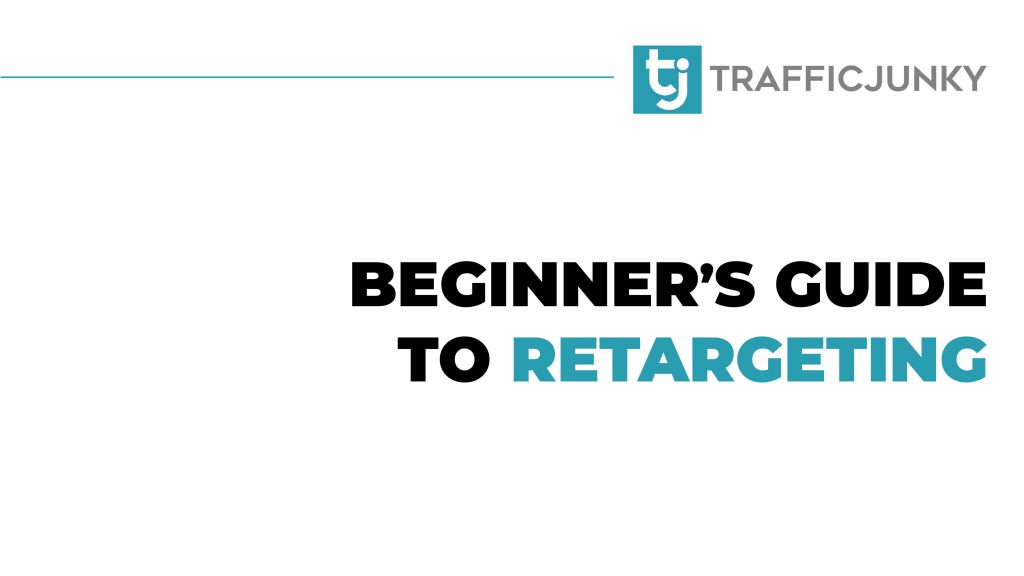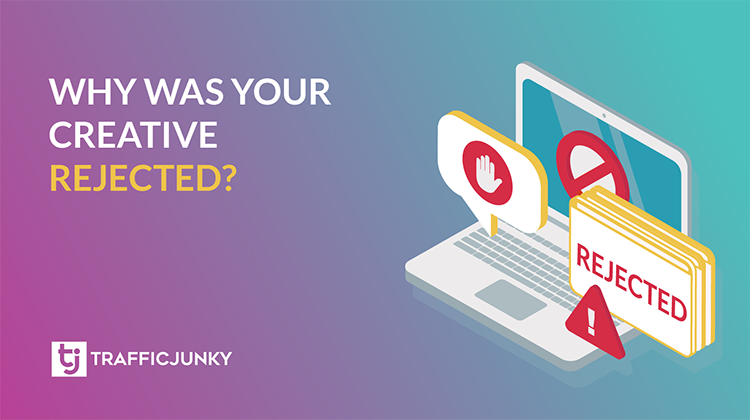
In today’s fast-paced digital landscape, advertisers are constantly seeking innovative ways to grab their audience’s attention.
Retargeting, a powerful strategy within digital advertising, has emerged as a game-changer for marketers. This nifty strategy is like a boomerang for your ad campaigns, bringing back those who’ve shown interest in your stuff before. Let’s dive into the world of retargeting and see why it’s a must-have tool in today’s ad game.
What is retargeting?
Retargeting, also known as remarketing, is a digital advertising technique that targets users who have previously engaged with a brand’s website, app, or other online content. It involves displaying ads specifically to individuals who have shown an interest in a product or service but did not convert into customers during their initial visit.
How does retargeting work?
Retargeting relies on the use of cookies or pixel tracking to identify visitors to a website or users of an app. When a user interacts with your website, their behaviour is tracked and recorded. This information is then used to serve targeted ads to them as they browse websites. These ads are designed to remind potential customers of the brand, product, or service they initially explored.
Benefits of retargeting:
- Increased Conversions – Retargeting is like a gentle nudge in the right direction. By reminding users of products or services they’ve previously viewed, it encourages them to return and make a purchase.
- Improved ROI – Retargeting typically offers a higher return on investment (ROI) compared to other advertising strategies. This is because it focuses on individuals who have already shown an interest in your offerings.
- Enhanced Brand Awareness – Consistent exposure to your brand through retargeting can reinforce brand awareness and trust. Even if users don’t convert immediately, they are more likely to remember your brand when they are ready to make a purchase.
- Precise Targeting – Retargeting allows for precise targeting. Advertisers can tailor their ads based on the users’ previous interactions, ensuring that the content is relevant and engaging.



